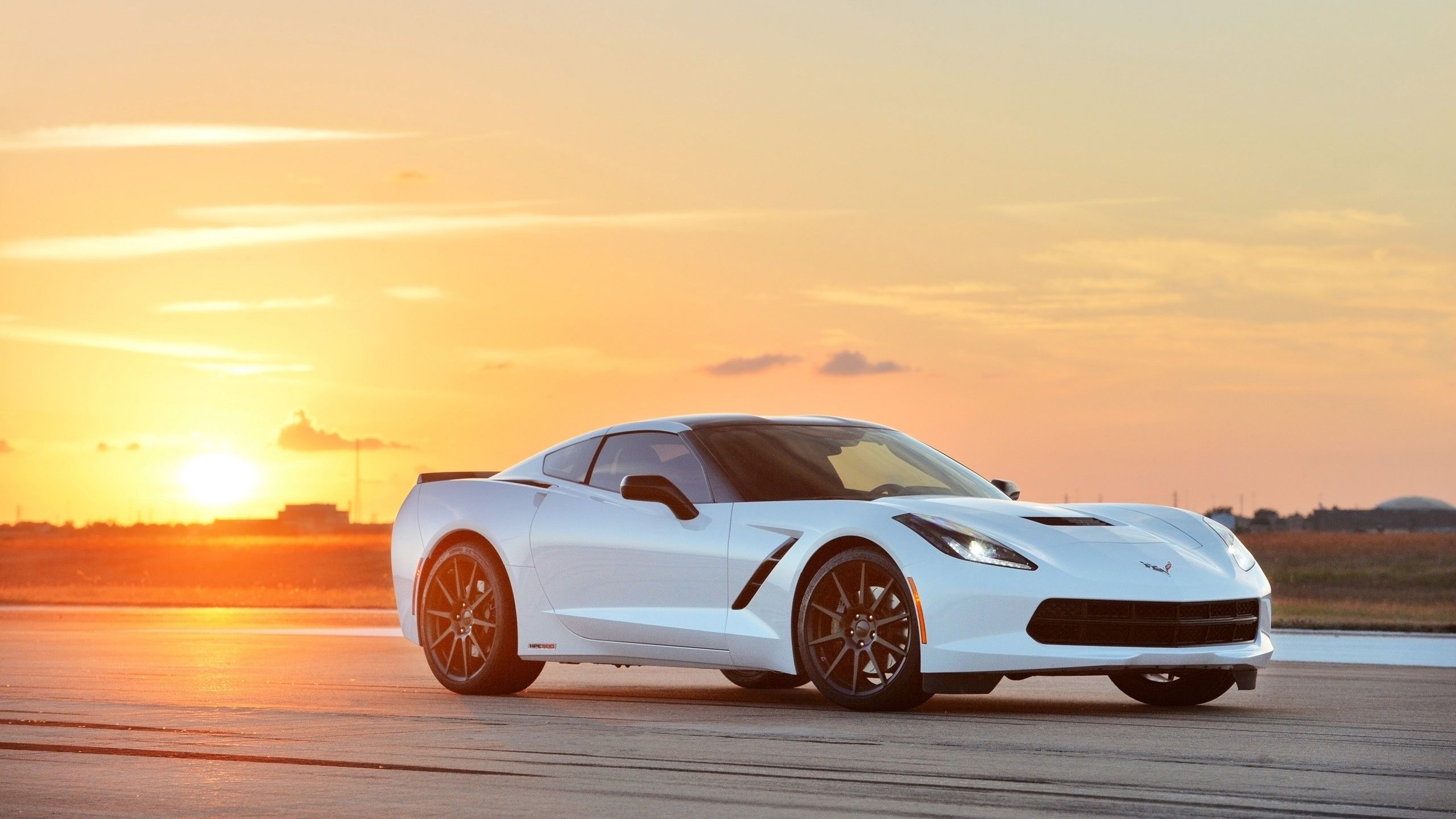Corvette Glossary Of Terms
P
Palmer, Jerry
Jerry Palmer is the Executive Director of Design for General Motors North American Operations. Palmer was largely responsible for the design of the four rotor-Aerovette, which he notes was the most challenging design of his career, and led to the inspiration for many of the features for his design of the Fourth Generation Corvette. In 1974, he was appointed as Chief Designer in the Chevrolet III Studio and began working on the design and advanced aerodynamics that became the 1984 Corvette. Palmer also supervised the design and development of some of the division’s most successful design stylings, notably the 1982 Camaro Z28 and the 1987 Beretta. Palmer was named Executive Designer of Advance Design in October 1986, and in April 1990, also assumed responsibility for the operations of the GM Advanced Concept Center in Thousand Oaks, California. Jerry Palmer biographical content courtesy of National Corvette Museum Website. Corvsport Page References: C4 Corvette.
PASS Key/PASS Key II
Also known as VATS (as it’s called in earlier GM vehicles), the PASS Key system uses a resistor mounted in the key blank to confirm that the correct ignition key is being used to start the engine. Many people call the resistor pellet a “chip” due to the common misconception that it is some sophisticated digital circuit to identify the key to the car. Not quite. It is not a “chip” of silicon as is customarily used for integrated circuits, but merely a block of carbon appropriately sized to have a desired electrical resistance. GM mixed about fifteen different resistance values in their pinning codes to add another factor to make vehicle theft more difficult. The resistor blocks are staked into the key bodies, just between the key bow and pinning cuts. Content courtesy of Third Gen.org.. Corvsport Page References: 1998 Overview.
No Subscription? You’re missing out
Get immediate ad-free access to all our premium content.
Get Started



